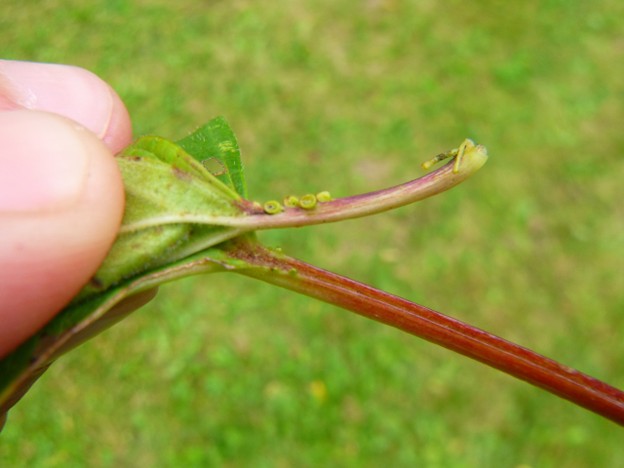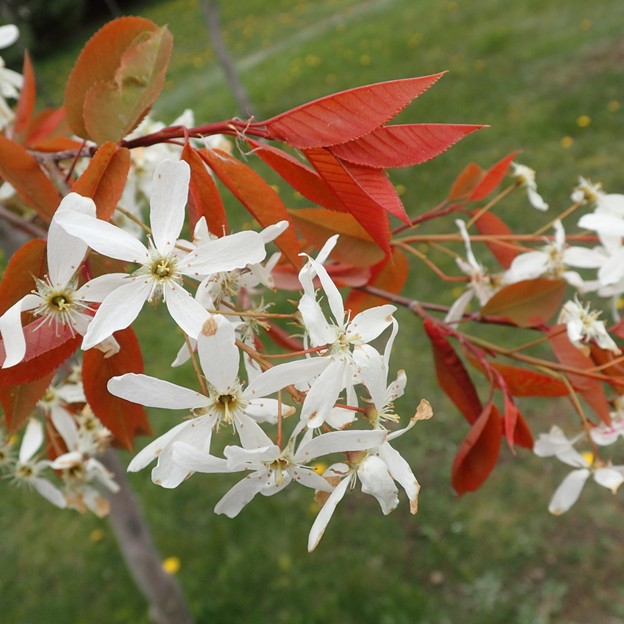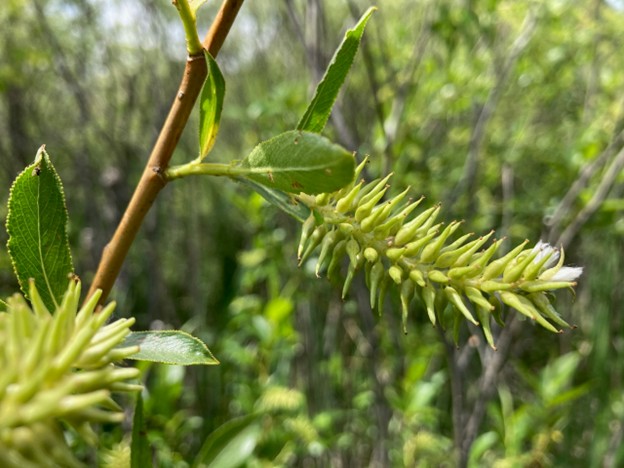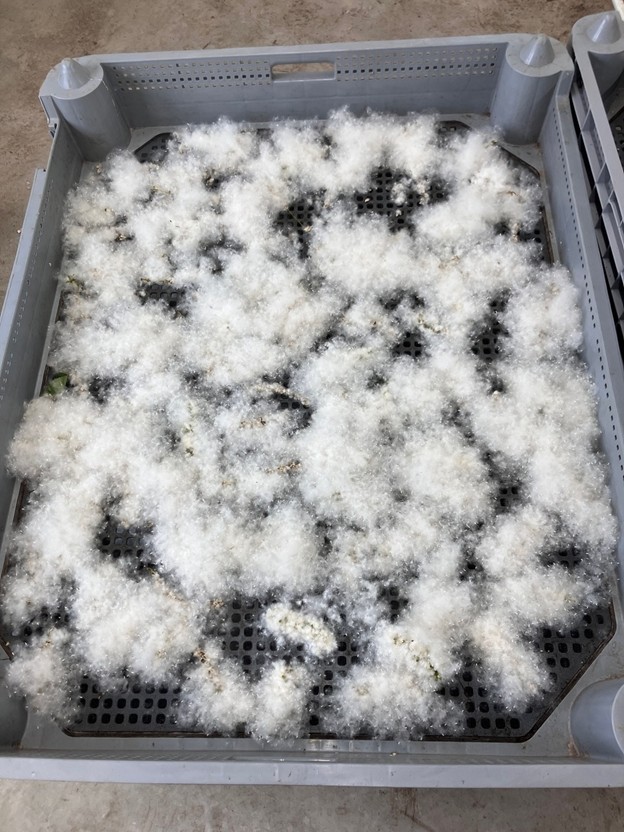Did you know that much of the American highbush cranberry (Viburnum opulus ssp. americanum / Viburnum trilobum) sold in the nursery trade is actually the non-native and invasive European highbush cranberry (Viburnum opulus spp. opulus)? While this can be an honest mistake, if care is not taken when harvesting seeds from seemingly wild plants, you could instead be helping an invasive species spread.
Image to the left: The subtle differences between the invasive European Highbush-cranberry (top) and the native and challenging-to-source American Highbush-cranberry (bottom)
As the American and European species can be difficult to distinguish easily, we take extra steps to ensure that we are only collecting and sourcing seed from pure, positively identified American highbush cranberry. In addition, as hybridization can occur when the two species grow in close proximity to each other, we also strive to harvest only from pure American highbush cranberry stands that are further isolated from non-native individuals. This requires an extra level of care, but we think it’s worth it.
Some other native species that we pay careful attention to that can also be mistaken for invasive species in the nursery trade include:
*(invasive species in brackets)
Speckled Alder – Alnus rugosa (Alnus glutinosa)
Paper Birch – Betula papyrifera (Betula pendula)
Butternut – Juglans cinerea (Juglans mandshurica ssp. sachalinensis & Juglans x bixbyi)
Tamarack – Larix laricina (Larix decidua & kaempferi)
American Red Raspberry – Rubus idaeus ssp. strigosus (Rubus idaeus ssp. idaeus)
Allegheny Blackberry – Rubus allegheniensis (Rubus bifrons)
American Pussy Willow – Salix discolor (Salix caprea)
Peachleaf and Black Willows – Salix amygdaloides & nigra (Salix alba, fragilis, xrubens)
American and Showy Mountain-ash – Sorbus americana & decora (Sorbus aucuparia)
Red Mulberry – Morus rubra (Morus alba, Morus alba x rubra) Not for sale, yet!!
Thin-leaved Snowberry – Symphoricarpos albus var. albus (Symphoricarpos albus var. laevigatus & Symphoricarpos occidentalis)




